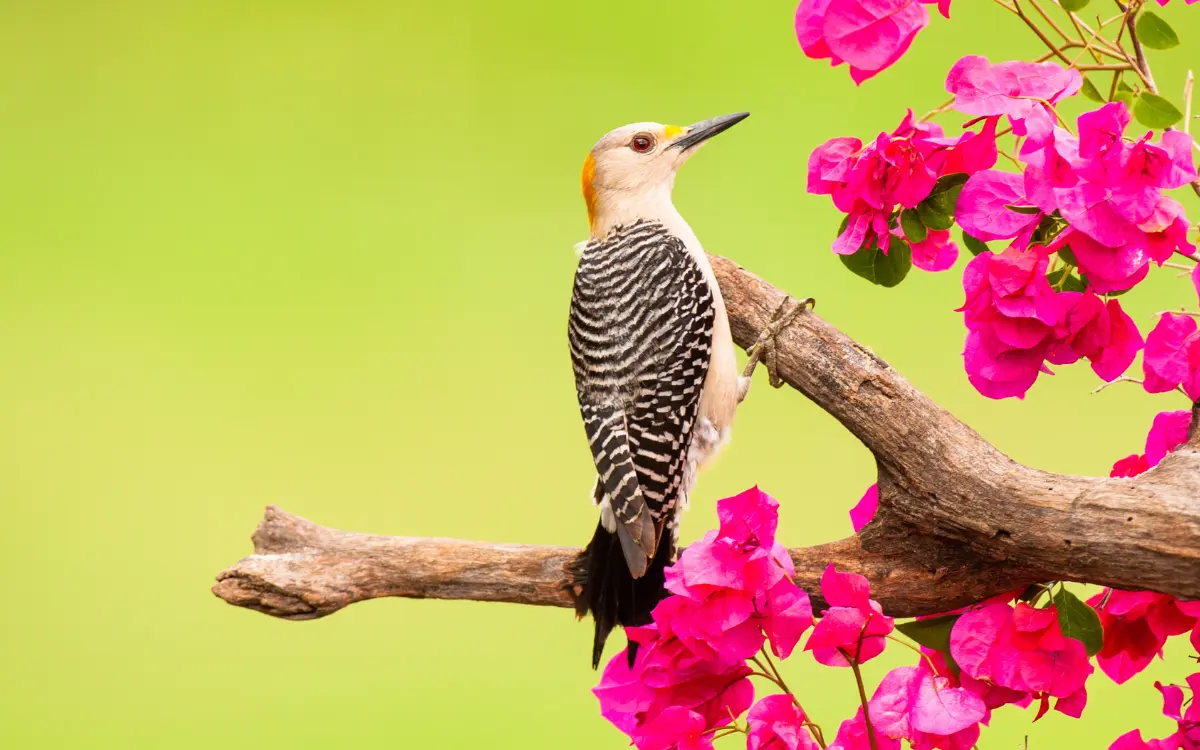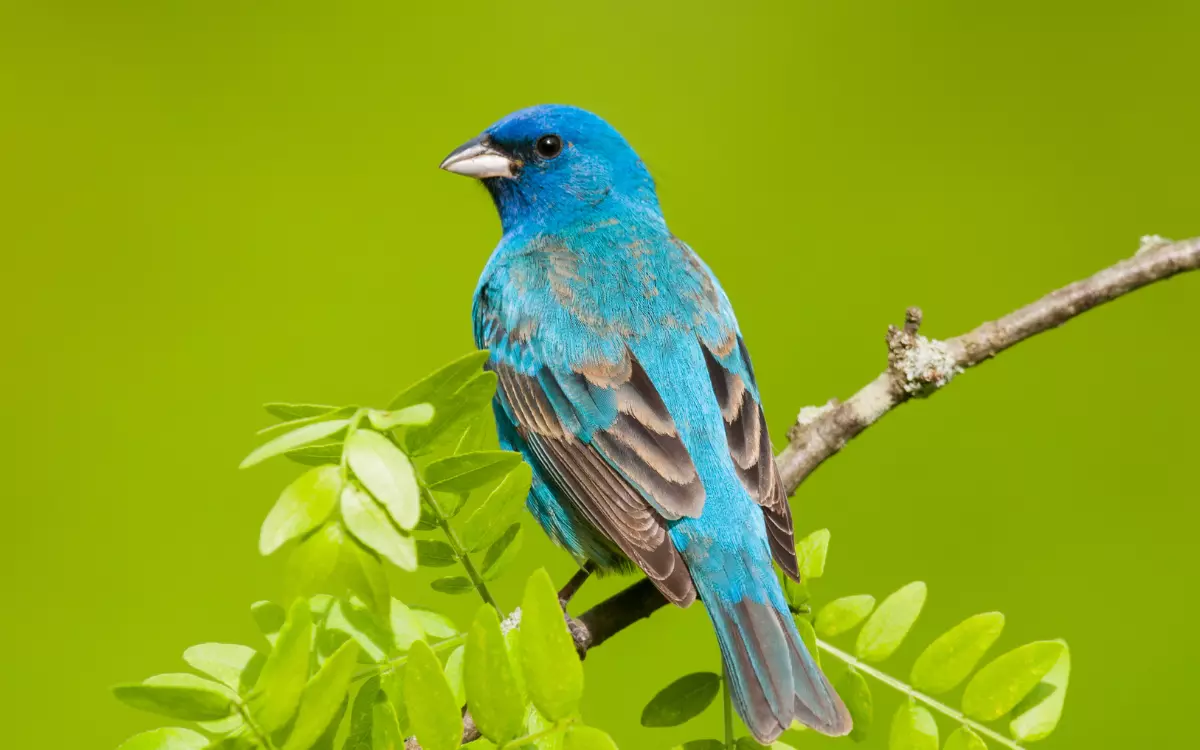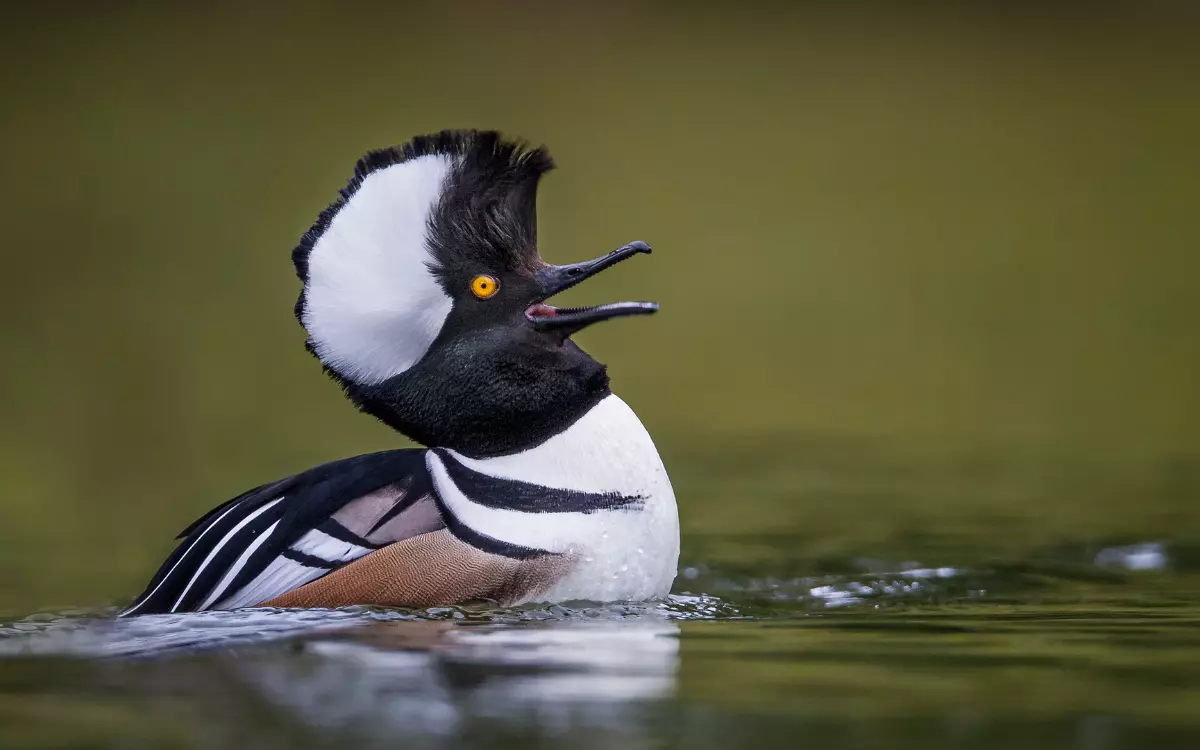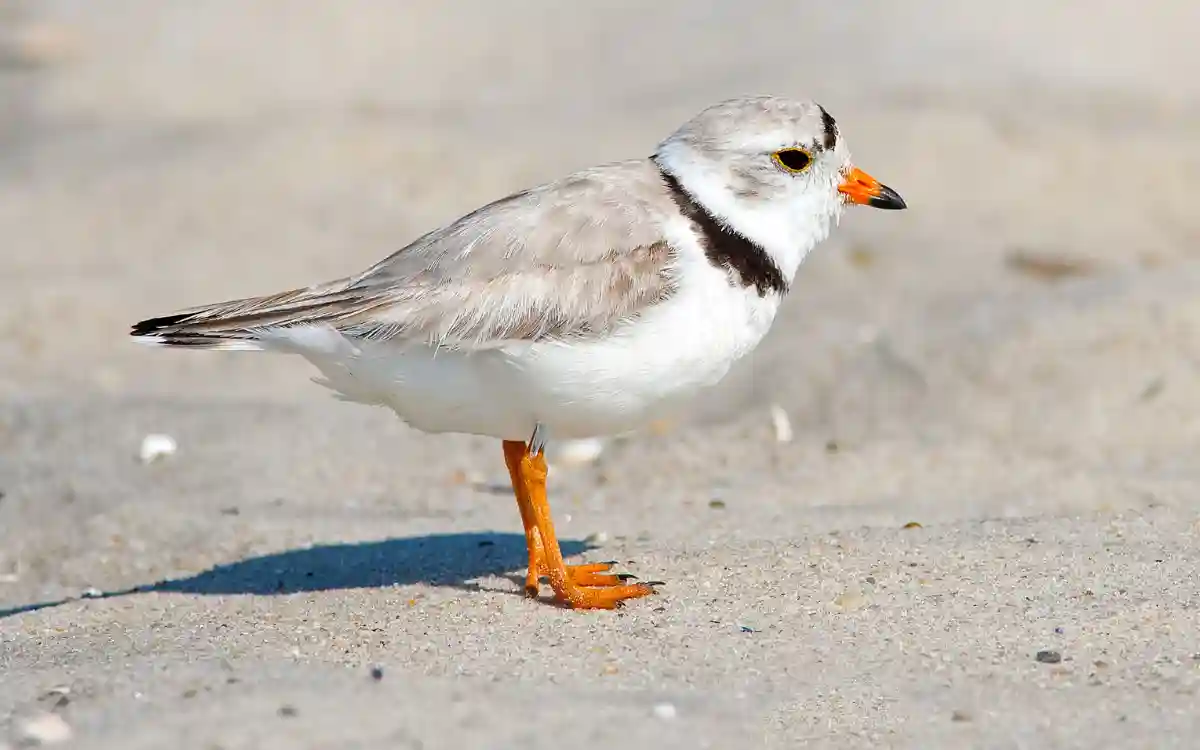7 Falcons in Texas: Stunning Birds of Prey You Can Spot
Texas is home to some of the most thrilling raptors in North America, and falcons are no exception. With their unmatched speed, sharp eyesight, and aerial hunting skills, these birds command attention. From the colorful American Kestrel to the rare Aplomado Falcon, this guide introduces every falcon you can find soaring the Texas skies.
1. American Kestrel
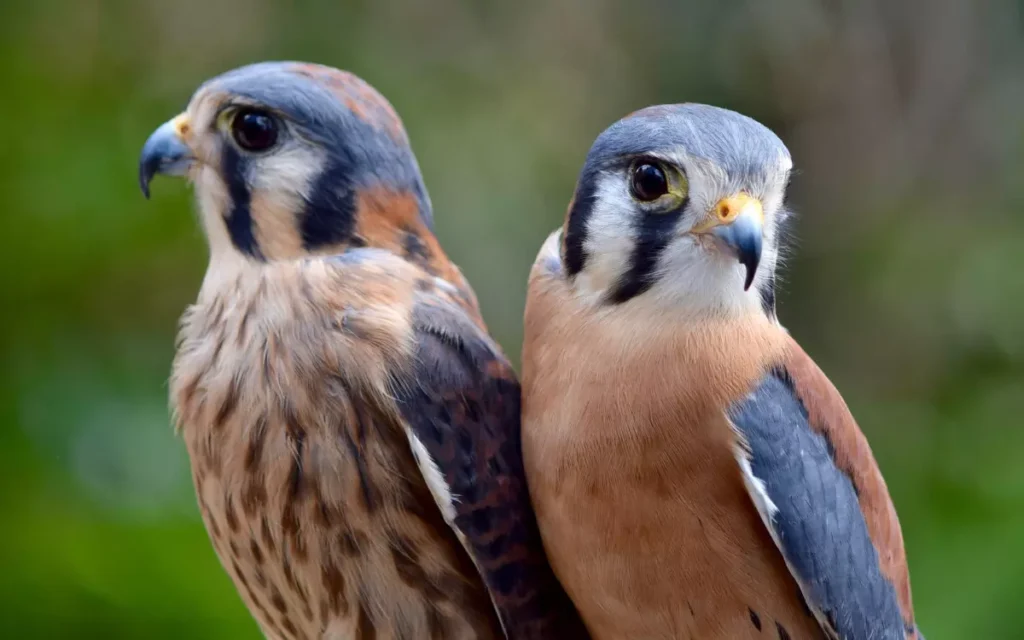
Scientific Name: Falco sparverius Wingspan: 20–24 in | Length: 8–12 in | Lifespan: 5–10 years
The American Kestrel is the smallest falcon in North America and among the most colorful. Males have blue-gray wings, rusty backs, and black facial markings. They hover mid-air while hunting and can be seen perched on fence lines across Texas.
Where to Spot in Texas: Open fields, grasslands, farmlands, and even suburban areas.
Fun Fact: Despite their size, kestrels can take down prey larger than themselves, like small snakes.
Also see: Finches in Texas and Sparrows of Texas for more small birdwatching opportunities.
2. Peregrine Falcon
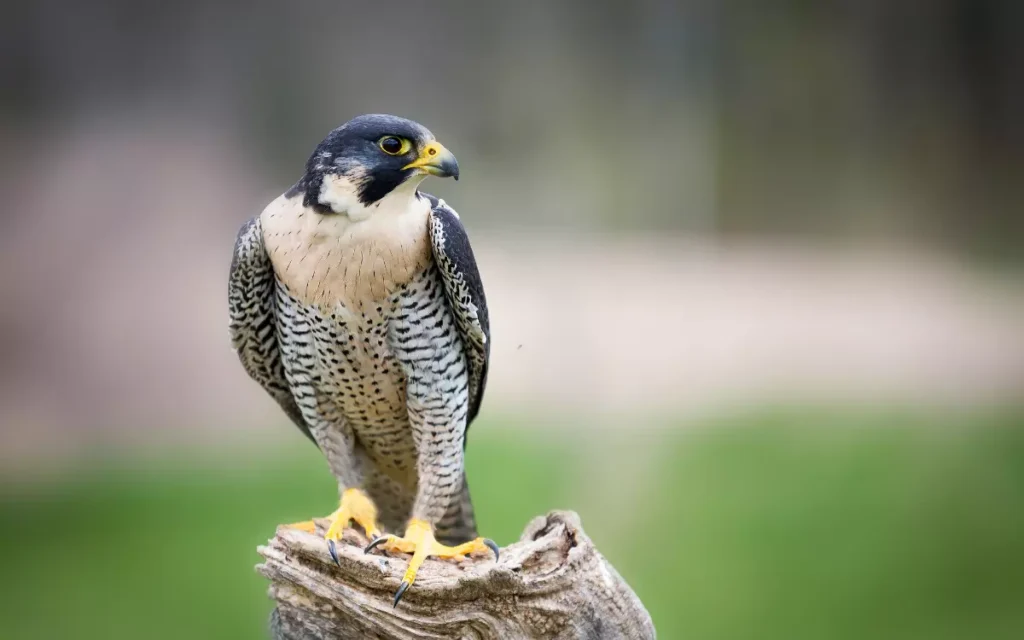
Scientific Name: Falco peregrinus Wingspan: 37–44 in | Length: 14–19 in | Lifespan: 13–17 years
Famous as the fastest animal on earth, the Peregrine Falcon can dive at over 200 mph. Its sleek body and black hood make it instantly recognizable. While not year-round residents, they pass through Texas during migration.
Where to Spot in Texas: Gulf Coast, cliffs in West Texas, and city skyscrapers.
Fun Fact: Peregrines nest on tall buildings in major cities, mimicking their natural cliffside habitats.
Love birds of prey? Don’t miss Hawks in Texas and Owls in Texas.
3. Merlin
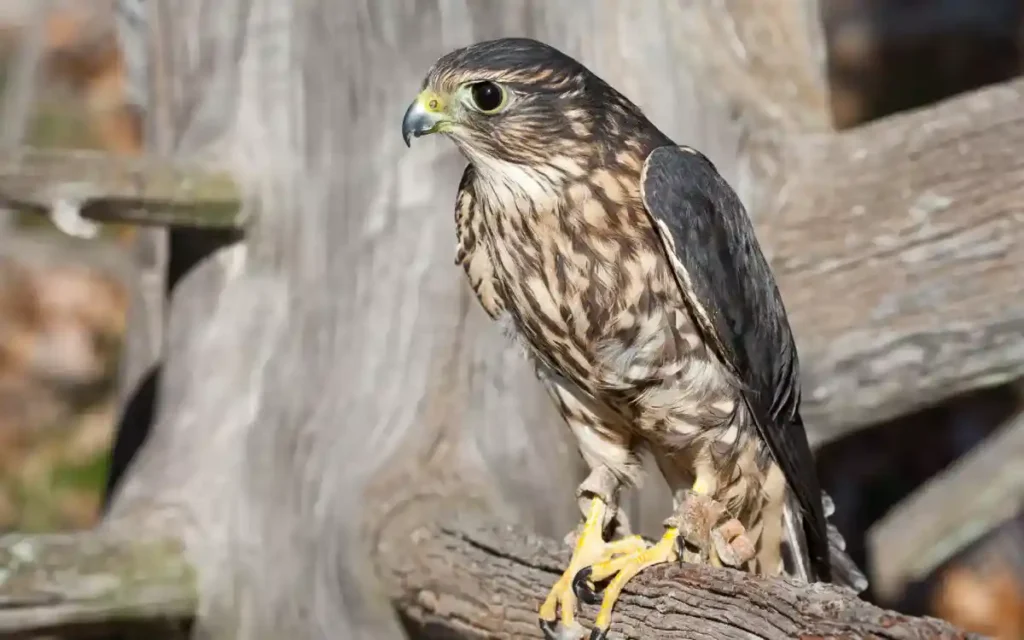
Scientific Name: Falco columbarius Wingspan: 21–27 in | Length: 9–12 in | Lifespan: 5–10 years
Merlins are compact, fast, and fierce. With dark streaked bodies and rapid wingbeats, they often ambush small birds mid-flight. Less colorful than kestrels but just as impressive.
Where to Spot in Texas: Seen during winter in open grasslands, city parks, and coastal areas.
Fun Fact: Merlins reuse nests built by other birds, especially crows and hawks.
4. Crested Caracara

Scientific Name: Caracara plancus Wingspan: 47–52 in | Length: 19–23 in | Lifespan: 10–20 years
Though often mistaken for a hawk or vulture, the Crested Caracara is actually a falcon. It has a striking black-and-white body, orange facial skin, and a flat black cap.
Where to Spot in Texas: Common in South and Central Texas, often seen walking along roadsides or perched on fences.
Fun Fact: Known as Mexico’s national bird, it often scavenges like a vulture but has the power of a falcon.
Learn about more birds in the same region with Backyard Birds in Texas and Wrens in Texas.
5. Aplomado Falcon (Rare)
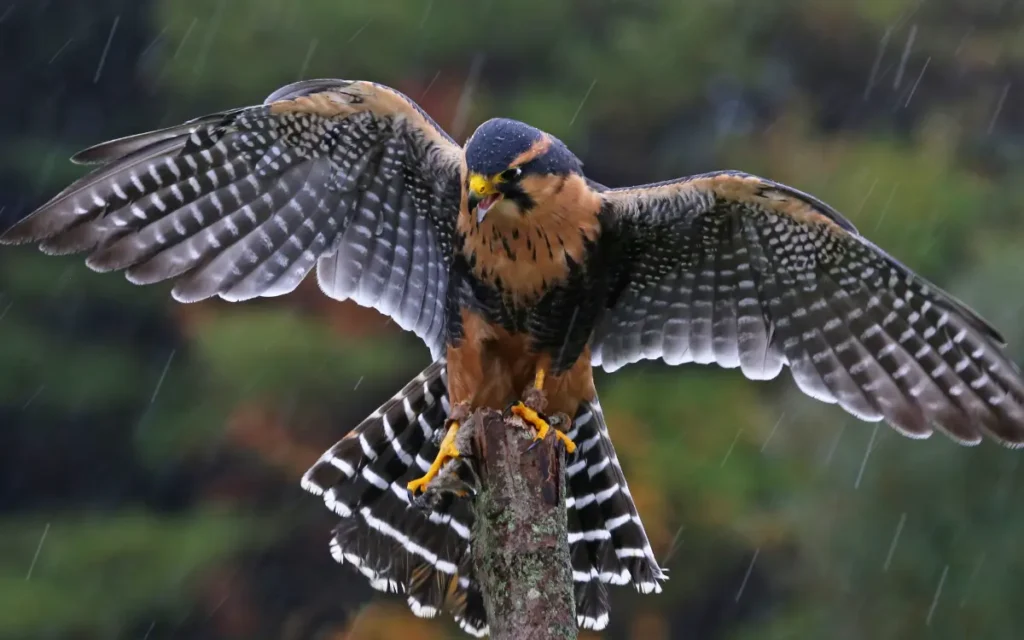
Scientific Name: Falco femoralis Wingspan: 30–35 in | Length: 15–18 in | Lifespan: 12–15 years
This slim, long-tailed falcon features a dark face with a white eyebrow and chest band. Once extirpated in the U.S., it’s now making a comeback in Texas thanks to reintroduction programs.
Where to Spot in Texas: Southern coastal plains and protected grasslands near Brownsville.
Fun Fact: Unlike many falcons, Aplomados often hunt in pairs.
6. Prairie Falcon
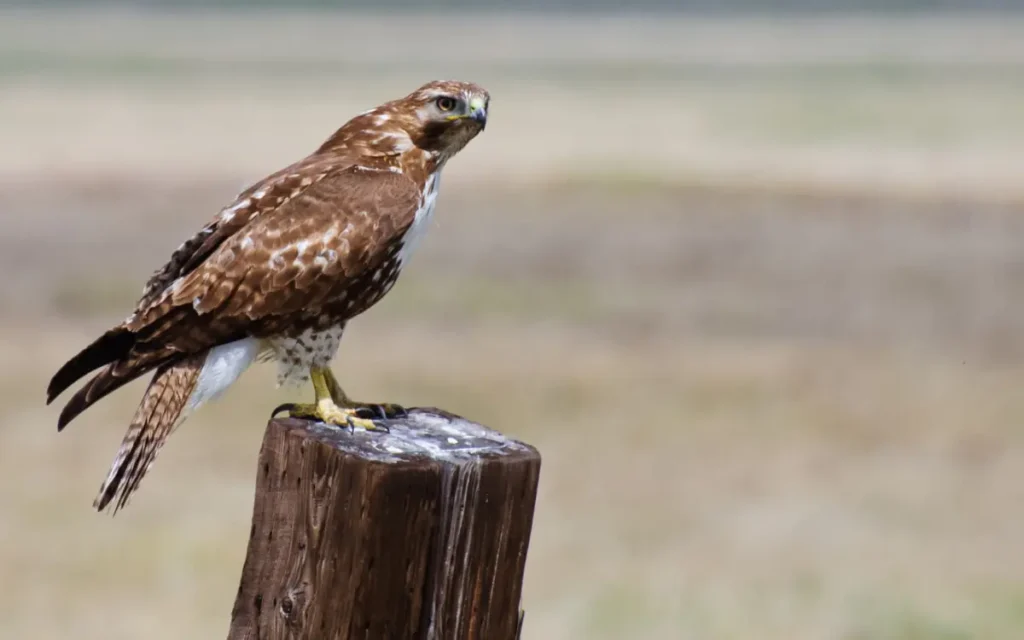
Scientific Name: Falco mexicanus Wingspan: 35–44 in | Length: 15–19 in | Lifespan: 10–12 years
Light brown and sandy in color, this desert falcon has dark “armpits” visible during flight. It thrives in arid landscapes and open country.
Where to Spot in Texas: Western Texas deserts, rocky canyons, and high plains.
Fun Fact: Prairie Falcons will cache leftover food for later meals.
If you’re birding in dry regions, check out our guide on Geese of Texas too.
7. Gyrfalcon (Rare Winter Visitor)

Scientific Name: Falco rusticolus Wingspan: 48–64 in | Length: 19–27 in | Lifespan: 15–20 years
The largest falcon in the world, Gyrfalcons are Arctic natives that rarely venture into Texas. But when they do, it’s an event for birders.
Where to Spot in Texas: Extremely rare; mostly in the Panhandle during harsh northern winters.
Fun Fact: Gyrfalcons have three color morphs—white, gray, and dark brown.
Best Places to Spot Falcons in Texas
Region Falcons Commonly Seen South Texas Caracara, Aplomado Falcon West Texas Prairie Falcon, Peregrine Falcon Gulf Coast Peregrine Falcon (migration) Central Texas American Kestrel, Merlin Urban Cities American Kestrel, Peregrine (on buildings)
More Texas Birds to Discover
Explore more species with our other Texas birding guides:
- Ducks Found in Texas
- Texas Birds with Yellow Bellies
- Blue-Colored Birds of Texas
- Hummingbirds in Texas
- Woodpeckers in Texas
Final Thoughts
Whether you’re scanning the horizon in the desert or walking through your neighborhood, falcons bring speed and power to the Texas sky. Each species tells a unique story—some common, others incredibly rare—but all worth watching. Keep your binoculars close and your eyes to the sky.
FAQs
What is the most common falcon in Texas?
The American Kestrel is the most widespread and easy to spot.
Are falcons protected in Texas?
Yes, all falcons are protected under the Migratory Bird Treaty Act.
What’s the difference between a Caracara and a hawk?
Caracaras are technically falcons, but they scavenge like vultures and walk like ground birds.
When is the best time to see falcons in Texas?
Fall and spring migrations offer the best chances, though some species are year-round residents.
Do falcons nest in Texas?
Yes, especially kestrels and caracaras. Peregrines may nest in cities on high-rise buildings.

